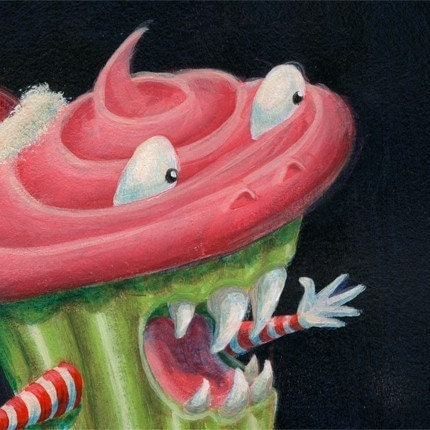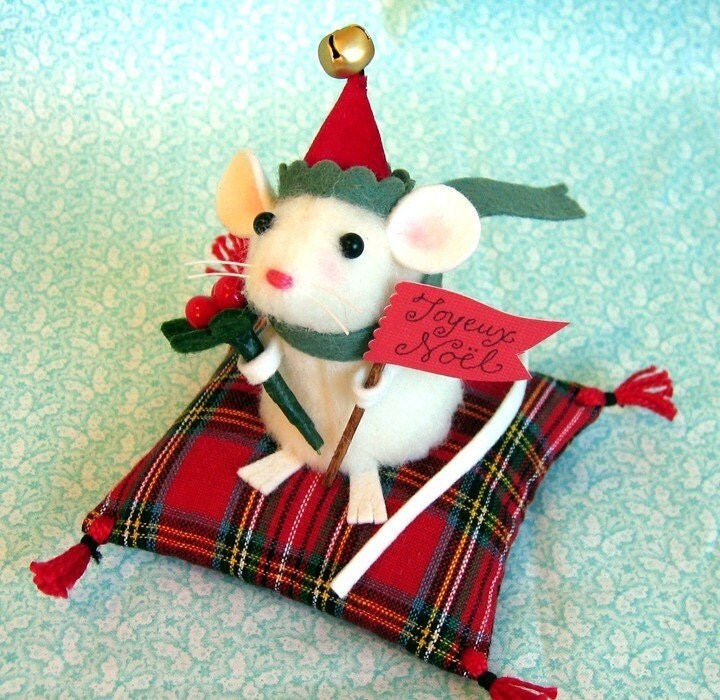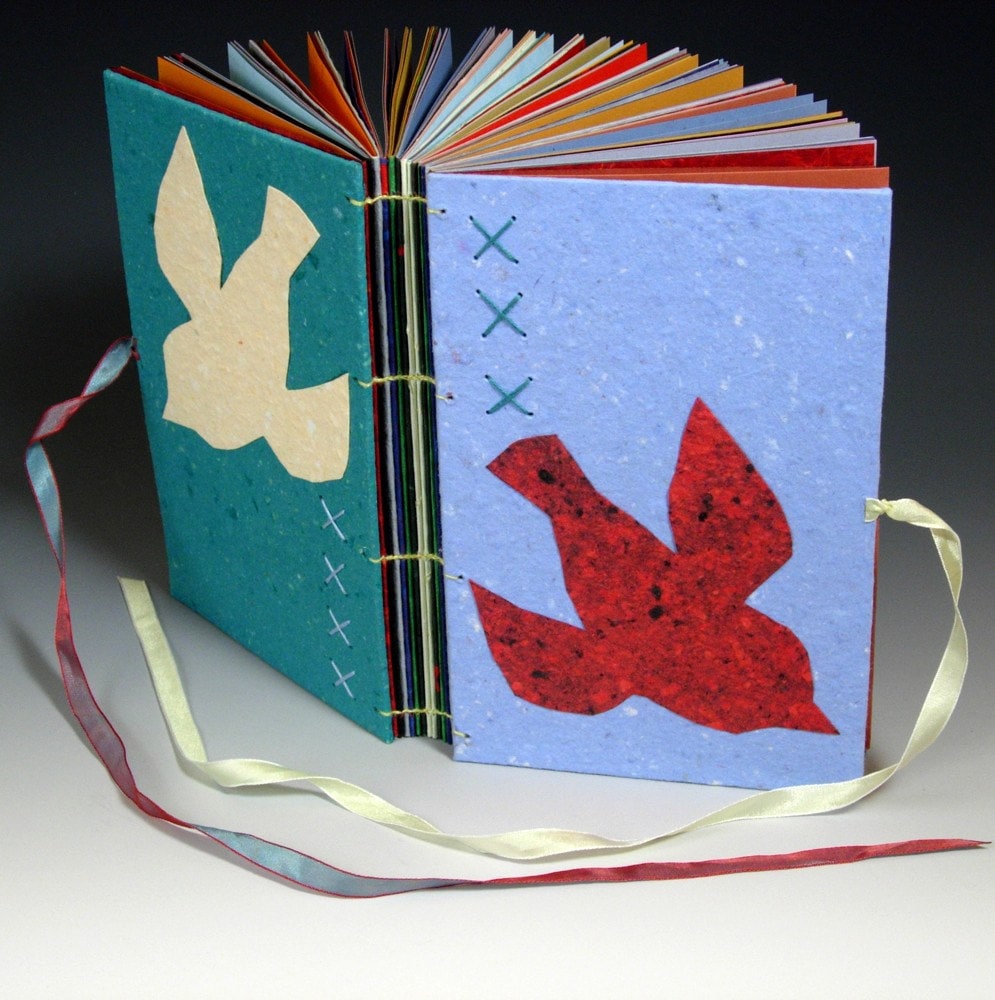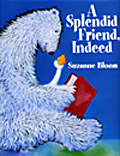Are you longing to attend an SCBWI Western Washington annual conference but find yourself in a financial pinch? Or do you know somebody else facing that challenge? SCBWI WWA will offer a scholarship for a writer or illustrator in our region to attend our 2010 conference on April 10-11, 2010.
The scholarship will cover conference tuition and one manuscript or art sample consultation, approximately a $300 value. To be eligible, applicants must:
• Be a current SCBWI member or have paid for 2009-2010 regional programming.
• Be a Western Washington resident at the time of application.
• Be able and willing to serve as a volunteer on conference day, performing tasks such as helping with set up or similar activities.
The scholarship will be awarded at the judges’ sole discretion with consideration to the following criteria:
• Demonstrated commitment to the craft.
• Ability to express himself or herself professionally.
• Evidence of previous or current improvement/educational effort.
• The likelihood of conference attendance having a positive impact on the recipient’s career.
Application process:
Write a 250-500 word statement addressing:
• What you write or illustrate.
• Why you feel this opportunity, at this time, will help you make progress with your career writing or illustrating for children.
• What you have already done to educate yourself and improve your work.
• What you most hope to get out of the conference if you are able to attend.
• The names and e-mail addresses of two people who are not related to you (e.g., critique group partners, class instructors, fellow students, etc.) and who can verify your commitment to your craft.
Include:
• Your full name, mailing address, e-mail address, and phone number.
• Either:
o A separate children’s writing sample of up to 1200 words, in standard manuscript format, as a Word .doc or .txt attachment (preferably) or pasted into the body of the e-mail below the application information.
— or —
o An illustration sample consisting of no more than five images, saved as jpg or pdf files no more than 8.5 x 11 in nominal size, as attachments. To keep file sizes manageable for e-mailing, please send medium- to low-resolution files (under 400 kb per image or together in one pdf under 2 mb, please).
Specific information about financial hardship is not necessary. But please don’t apply unless you cannot otherwise afford to attend. This is intended as a need-based, not strictly merit-based, scholarship.
E-mail your application and the specified attachment(s) to scbwiwa@scbwi-washington.org no later than December 10, 2009. The scholarship recipient, if any, and all applicants will be notified of the results prior to conference registration opening in mid-January.



















